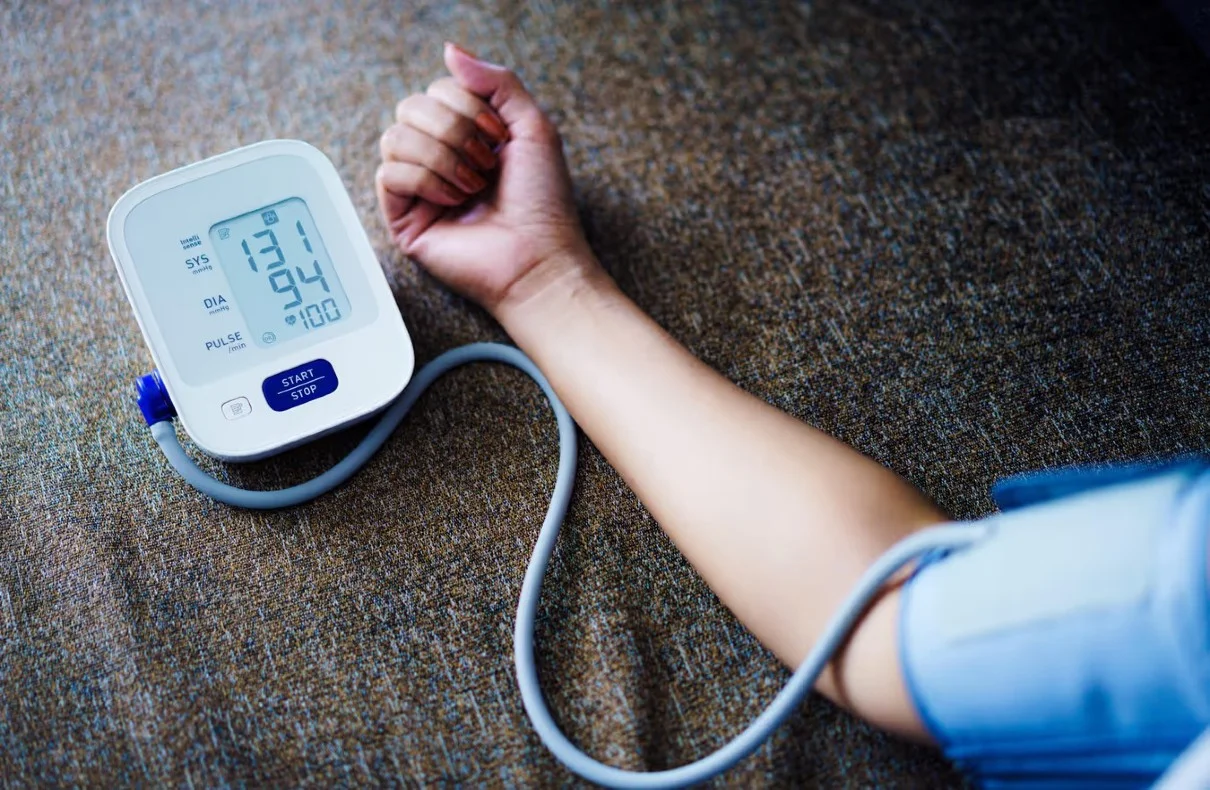Physical exercise is one of the most effective non-pharmacological measures to combat hypertension , a condition that is linked to heart attack , heart failure and stroke . For years, aerobic exercise was considered the most effective for reducing blood pressure levels. However, recent research suggests that another type of activity, less known, could be even more effective.
A study published in October 2023 in the British Journal of Sports Medicine analyzed 270 clinical trials with more than 15,000 participants, all focusing on how different types of exercise affect blood pressure. The results showed that although aerobic exercise lowered blood pressure in most cases, isometric training was found to be the most effective, especially in people with hypertension.
An isometric exercise involves a static muscle contraction where there is no variation in muscle length, explained Jamie Edwards , lead author of the study and a doctoral researcher at Canterbury Christ Church University . “Any type of exercise that maintains muscle tension in one position without dynamic movement is generally considered isometric,” he said.
In response to a question from Infobae, Dr. Nicolás Renna, president of the Argentine Society of Arterial Hypertension (SAHA), considered that in recent years the role of physical activity as a protector of cardiovascular risk has become increasingly important. From his perspective, patients with hypertension need to reinforce three dimensions through physical activity: “Aerobic, isometric and dynamic exercise. When these three types of exercise are combined, a better reduction and control of blood pressure is achieved.”
How does isometric training work?
Isometric exercise, also known as static exercise , involves tensing your muscles without moving your joints too much. Exercises like wall squats and planks are common examples. During these movements, your muscles exert pressure, but they don’t change their length or move your joints.
Researchers in a study published in the British Journal of Sports Medicine assessed the decrease in participants’ resting blood pressure after following one of five types of exercise programs:
- Aerobic exercise , such as walking, jogging, or biking
- Resistance training , which includes lifting weights
- Combination training , which mixes aerobic exercise and weights
- High-intensity interval training (HIIT) , with sprints and other high-demand activities
- Isometric exercises , such as wall squats
Although all types of exercise were successful in lowering blood pressure, in the British research isometric exercises were found to be the most effective, followed by cross-training, resistance training, aerobic exercise and HIIT . The analysis also compared specific exercises, showing that walking was less effective at lowering blood pressure compared to running or cycling. However, these forms of aerobic exercise were also found to be less effective than isometric wall sits .
In fact, wall squats , which involve keeping your thighs parallel to the floor while leaning your back against a wall, stood out as the most effective exercise among all those compared in the study.
Beyond these results, Dr. Renna highlights the virtues of combining exercises for patients with hypertension: “The aerobic aspect, the isometric aspect, which helps strengthen the muscles (not to gain muscle mass, but to avoid sarcopenia, which occurs when you don’t exercise and lose muscle mass due to aging or weight loss), and dynamic exercise. The latter is especially useful in older patients, as long as they are not fragile, as it improves joint movement without the need to carry weight . It is not necessary to use weights for this.”
“It is also important for those who already have their blood pressure under control to incorporate exercise into their healthy habits, because it will reduce the risk of cardiovascular events. This is mainly achieved with aerobic exercise, but it is not the only type of exercise,” Renna concluded.
Physical exercise not only achieves better control of blood pressure, but also reduces cardiovascular risk , which is what we do with therapy. That is why it is essential that exercise is a medical prescription and that we tell the patient how long, how often, how many times a week and what type of exercise they have to do, which is what the latest updated guidelines of the European Society of Cardiology aim for,” added the president of SAHA.
Aerobic exercise also reduces blood pressure
Despite the effectiveness of isometric exercise, aerobic exercise remains key in the prevention and control of hypertension. This type of activity involves rhythmic and repetitive movements that increase heart rate, such as walking, swimming, jogging or cycling, improves cardiovascular health and reduces blood pressure levels.
The World Health Organization (WHO) recommends doing at least 150 minutes of moderate aerobic exercise a week , such as brisk walking, or 75 minutes of intense activity , such as running or swimming.
According to the Spanish Heart Foundation , activities such as walking, dancing, running, swimming and cycling , 30 to 60 minutes a day and at least three to five days a week, are very effective options: “If done well, these exercises can reduce blood pressure levels in hypertensive people until their values are within normal limits.”
